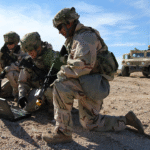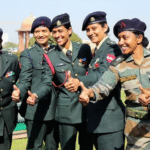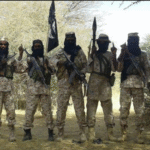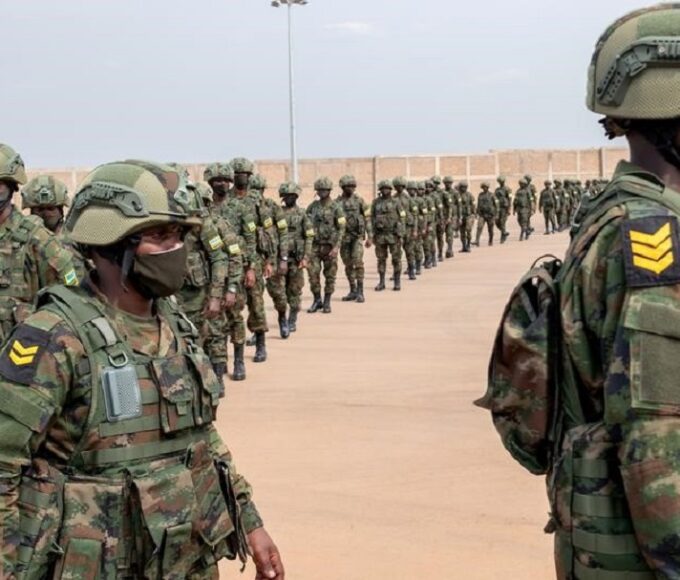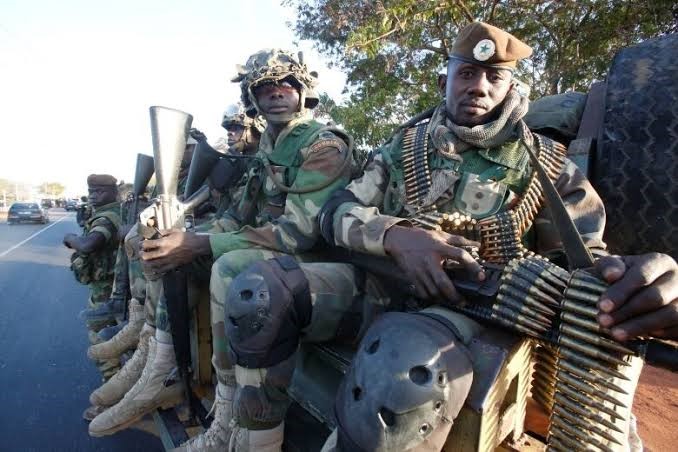Terrain and Tactics: How Africa’s Geography Shapes Ground Operations
In the global discourse on military strategy, the role of terrain is often overshadowed by technology and troop numbers.
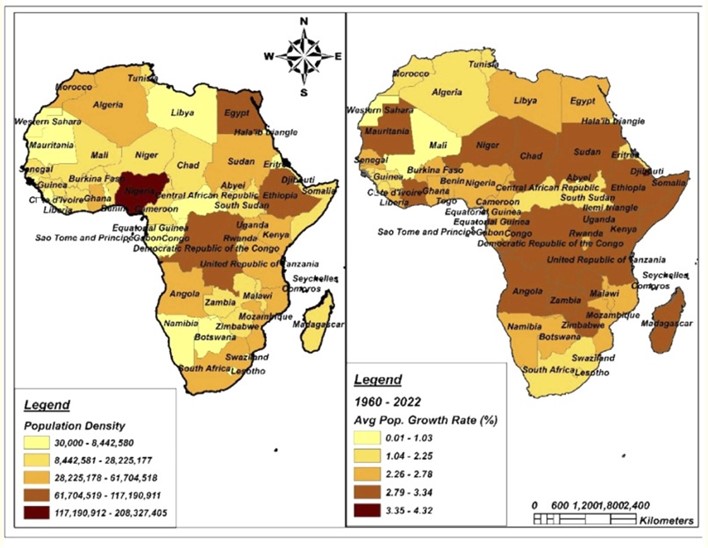
Africa is not just a continent of nations—it is a continent of terrains. From the arid deserts of the Sahel to the dense rainforests of Central Africa, the rugged highlands of Ethiopia to the savannahs of East Africa, geography plays an outsized role in shaping the conduct, success, and limitations of military operations across the continent.
In the global discourse on military strategy, the role of terrain is often overshadowed by technology and troop numbers. Yet, in Africa, where logistics, weather, and geography often determine the feasibility of operations more than weapons, terrain is a primary theatre variable. The continent’s diverse landscapes demand equally diverse tactical doctrines, force compositions, mobility platforms, and intelligence-gathering techniques. This article examines how Africa’s physical environment directly shapes the tactical and strategic decisions of its armies in the age of irregular warfare, peacekeeping, and state defence.
Africa’s Combat Environments
Africa’s geography presents an array of natural theatres, each posing unique challenges and opportunities for ground forces:
- Deserts and Arid Zones (e.g., the Sahara, the Sahel): Known for extreme heat, scarce water sources, and open terrain, these regions favour mobile warfare, long-range engagements, and reliance on mechanised units or camel-borne patrols in some parts.
- Rainforests and Jungle Terrains (e.g., Congo Basin, parts of Sierra Leone and Liberia): Thick canopy cover, difficult logistics, and limited visibility demand small unit tactics, light infantry operations, and reliance on human intelligence.
- Savannahs and Open Grasslands (e.g., Northern Nigeria, parts of Tanzania and Zambia): These allow for semi-mechanised formations but require adaptation to seasonal flooding and fast-moving threats.
- Mountain and Highland Warfare (e.g., Ethiopian Highlands, Drakensberg in South Africa, Rwenzori Mountains): Operations here require acclimatised troops, mountain-specific training, and specialised equipment for vertical movement.
- Coastal and Riverine Zones (e.g., Niger Delta, Mozambican coastline, Nile River Valley): These demand amphibious skills, fast boat insertion tactics, and close cooperation between army, navy, and air force units.
According to the African Terrain and Military Studies Institute (ATMSI), over 65% of all African military deployments between 2015 and 2023 occurred in terrains that significantly impacted operational planning and execution—more than in any other continent.
Desert Warfare: Endurance Over Firepower
The vast Sahara and Sahel belt—from Mauritania to Chad—have emerged as the epicentre of transnational terrorism and military operations. Here, armies face an unforgiving environment where sandstorms, high temperatures (often exceeding 45°C), and logistical isolation test both men and machines.
Tactical adaptations include:
- Use of technical vehicles (armed pickup trucks) for mobility and surprise raids.
- Deployment of long-range patrols with air resupply.
- Heavy reliance on French and U.S. satellite intelligence to track fast-moving insurgents like those of ISGS and JNIM.
- Importance of water discipline, camouflage, and heat mitigation equipment.
Malian, Burkinabé, and Nigerien forces have collaborated with French Operation Barkhane and now Takuba Task Force units in refining counter-desert insurgency tactics, although the recent military coups and withdrawals of foreign troops have altered this equation significantly.
Jungle Warfare: The War of Patience
In the rainforests of the Democratic Republic of Congo, Cameroon, and parts of West Africa, thick vegetation and unpredictable terrain challenge conventional warfare. Military forces often face non-state actors such as the Allied Democratic Forces (ADF) or separatist militias that know the terrain intimately.
Key jungle tactics include:
- Small unit insertion, often via foot patrols or helicopter drops.
- Stealth, ambushes, and fire discipline, as loud engagements often attract larger enemy contingents.
- Extensive tracking and reconnaissance training, sometimes incorporating traditional knowledge.
- Emphasis on mental resilience and disease prevention, with malaria and dysentery as constant threats.
Uganda’s People’s Defence Force (UPDF) and Angola’s armed forces have developed some of the most efficient jungle warfare units, often deployed under AU and UN mandates.
Urban and Peri-Urban Terrain: A New Frontier
Africa’s rapid urbanisation is producing sprawling megacities—Lagos, Nairobi, Kinshasa, Johannesburg—where informal settlements, high population density, and poor infrastructure present unique security risks.
While not strictly a “natural” terrain, urban areas are tactically distinct environments. Urban terrain transforms operations into three-dimensional warfare involving rooftops, tunnels, and basements.
African armies adapting to urban terrain have developed:
- Specialised MOUT (Military Operations in Urban Terrain) units, such as Nigeria’s Urban Combat School in Lagos.
- Tactical doctrines incorporating drone surveillance, sniper deployment, and crowd control management.
- Greater civil-military engagement frameworks to protect civilians and manage collateral damage.
Mountain and Highland Warfare: Altitude Meets Strategy
Ethiopia, Rwanda, Lesotho, and parts of Algeria and Morocco require mountain warfare specialisation. Movement is slow, visibility often limited by weather, and altitude sickness can degrade unit performance.
Ethiopia’s Agazi Commandos and Rwanda’s Mountain Infantry Regiments are specially trained in:
- Vertical climbing and descent under combat conditions.
- Pack mule logistics and helicopter resupply operations.
- Camouflage and ambush techniques using rock formations and cave systems.
During the Tigray conflict, terrain mastery by regional forces altered the balance of power in several phases of the war.
The Riverine and Delta Challenge
Riverine operations in regions such as Nigeria’s Niger Delta, Mozambique’s Zambezi Basin, and the Upper Nile demand a different type of soldier—one trained for swamp warfare, waterborne insertion, and maritime-land coordination.
Nigeria’s Joint Task Force (JTF) Operation Delta Safe and Mozambique’s FADM Coastal Quick Reaction Forces operate in these regions using:
- Fast-attack boats, divers, and amphibious infantry.
- Airboat mobility for swamp navigation.
- Close integration with naval and air force intelligence units.
These environments demand logistical creativity and often blur the lines between conventional and special operations.
Tactical Evolution and Terrain-Specific Training
Recognising the impact of geography, several African militaries have initiated terrain-specific training reforms:
- South Africa’s Infantry School in Oudtshoorn integrates desert and mountain warfare in modular training phases.
- Kenya’s Counterinsurgency Academy in Embakasi uses both jungle and urban simulators for hybrid terrain warfare.
- Nigeria’s Army Training and Doctrine Command (TRADOC) recently revised its manuals to include modules on forest, swamp, and urban warfare.
However, many nations still struggle with:
- Uniform doctrine development across terrain types.
- Resource-intensive training infrastructure.
- Recruitment and retention of specialised personnel who can thrive in extreme conditions.
Strategic Recommendations
To maximise operational effectiveness across Africa’s diverse terrain, defence planners should:
- Invest in Terrain Simulation Facilities, including virtual reality (VR) battle labs.
- Develop Terrain Intelligence Units (TIUs) to map, model, and monitor geographic features and how they affect operations.
- Deploy Terrain-Adapted Equipment, including lightweight gear, modular boots, amphibious vehicles, and rugged comms systems.
- Foster Intra-African Military Exchanges, where troops from different terrains train together and share local knowledge.
- Institutionalise Environmental Resilience, including ecological preservation in combat zones and climate-aware planning.
Africa’s Ground War is a War with Nature
In Africa, victory on the ground is often less about overwhelming force and more about mastering the terrain. Geography is not just a backdrop—it is a battlefield actor. Whether in the shifting sands of the Sahel, the impenetrable jungles of the Congo, or the soaring highlands of the Horn, African armies must tailor their tactics, technologies, and troops to the landscapes they operate in.
In the words of a retired Nigerian General, “The map is our first adversary—and our greatest ally if we understand it.” Africa’s next-generation land forces will need to be as diverse and adaptive as the continent they defend.
Terrain and Operations Quick Facts (2023–2024):
- 65% of African military operations affected significantly by terrain (ATMSI)
- 23 African countries have terrain-specific military training programmes
- Nigeria, Ethiopia, and South Africa lead in multi-terrain doctrine development
- Over 45,000 troops deployed in jungle or forest zones under UN and AU missions
- Average temperature in Sahel operational zones: 42–48°C during peak deployment periods
- Only 11 African countries currently operate full MOUT training centres
Recent Posts
Categories
- Air & Aerospace16
- Border Security15
- Civil Security4
- Civil Wars4
- Crisis5
- Cyber Security8
- Defense18
- Diplomacy19
- Entrepreneurship1
- Events5
- Global Security Watch6
- Industry8
- Land & Army8
- Leadership & Training5
- Military Aviation5
- Military History27
- Military Speeches1
- More1
- Naval & Maritime9
- Resources2
- Security12
- Special Forces1
- Systems And Technology9
- Tech6
- Uncategorized3
- UNSC1
- Veterans6
- Women in Defence9
Related Articles
LAND & ARMY – AFRICA’S ELITE ARMY UNITS: WHO SETS THE STANDARD?
By late 2025, Africa’s elite army units stand at the sharp end...
ByKing Richard Igimoh, Group Editor ALODecember 22, 2025THE EVOLUTION OF AFRICAN INFANTRY WEAPONS from 1960
In the wake of widespread decolonization across Africa during the 1960s, newly...
ByKing Richard Igimoh, Group Editor ALOSeptember 5, 2025Private Military Contractors in Africa – Mercenaries, Partners, or Spoilers?
In Africa’s security environment, one of the most polarising forces is the...
ByKing Richard Igimoh, Group Editor ALOAugust 12, 2025Urban Warfare Challenges for African Armies in a New Security Era
Across Africa, conflict is moving into the cities. From Mogadishu to Maiduguri,...
Byadmag_adminJune 27, 2025


